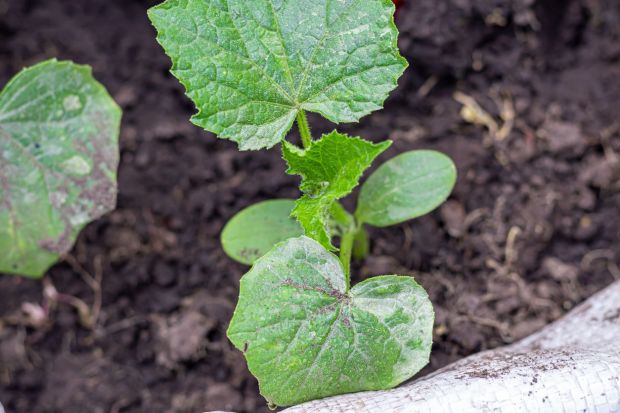1. Manage Fallen Leaves Effectively
Leaves left on the ground can block sunlight, trap moisture, and promote mold growth. Regular raking or mulching prevents these issues. Mulched leaves, when finely chopped, can also serve as a natural fertilizer by enriching the soil with organic matter.
2. Aerate the Lawn
Compacted soil restricts the flow of water, nutrients, and oxygen to grassroots. Core aeration in autumn relieves soil compaction, encourages root development, and enhances the lawn’s resilience against winter stress.
3. Apply Fall Fertilizer
Fertilizing in autumn strengthens root systems and ensures that grass has the stored energy needed to endure cold weather. Select a slow-release, nutrient-balanced fertilizer with an emphasis on potassium and phosphorus for optimal root health.
4. Mulch and Protect Plants
A fresh layer of mulch helps regulate soil temperatures, retain moisture, and protect plant roots from freeze damage. For more vulnerable shrubs and perennials, protective wraps such as burlap can provide added insulation against frost and wind.
5. Perform Strategic Pruning
Remove dead, damaged, or diseased branches to reduce the risk of breakage under heavy snow or ice. Limit pruning of healthy growth until late winter or early spring to avoid unnecessary stress on plants.
6. Clean and Prepare Garden Beds
Remove expired annuals and vegetable plants to reduce the risk of pests and disease carrying over into the next season. Turning the soil and incorporating compost in autumn helps restore nutrients and improves soil structure ahead of spring planting.
7. Winterize Irrigation Systems
Drain outdoor hoses, shut off faucets, and clear irrigation lines to prevent freezing and damage. For water features, ensure pumps are removed, cleaned, and stored in a frost-free environment.
8. Reseed Bare or Thin Lawn Areas
Cooler temperatures and consistent rainfall make autumn the ideal time to overseed thin or bare patches. Overseeding strengthens turf density, reduces weed growth, and promotes a more uniform lawn.
9. Protect Outdoor Assets
Garden tools, patio furniture, and outdoor equipment should be cleaned, dried, and stored indoors whenever possible. If storage is limited, weather-resistant covers will help prevent rust, rot, and other winter damage.
10. Plant Spring Bulbs
Autumn is the right season to plant bulbs such as tulips, daffodils, and crocuses. These bulbs require a period of dormancy and will provide early color and vitality to your landscape as winter recedes.

